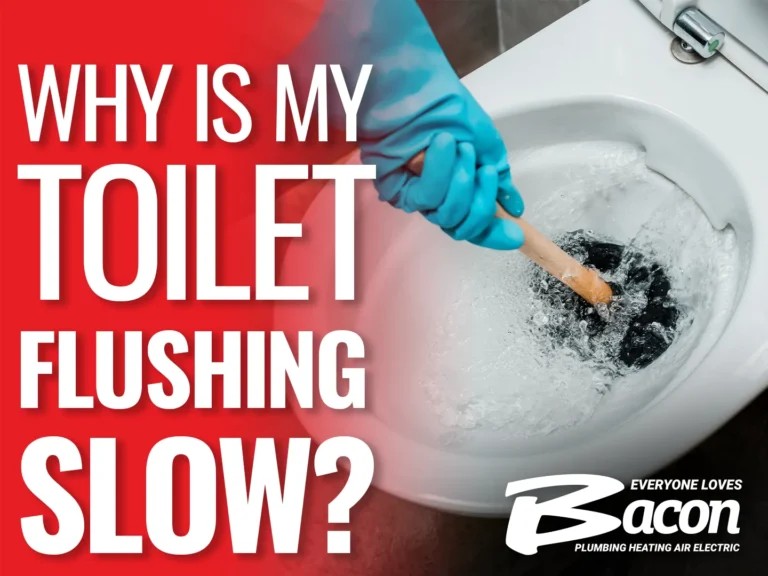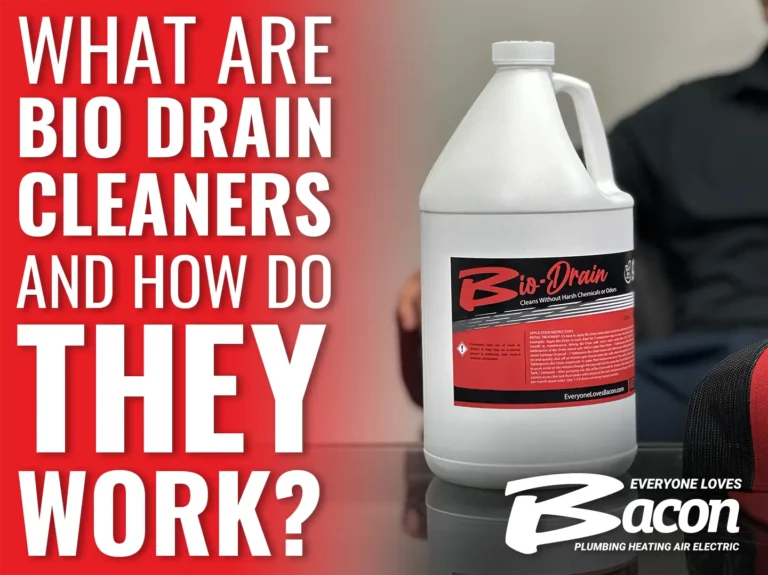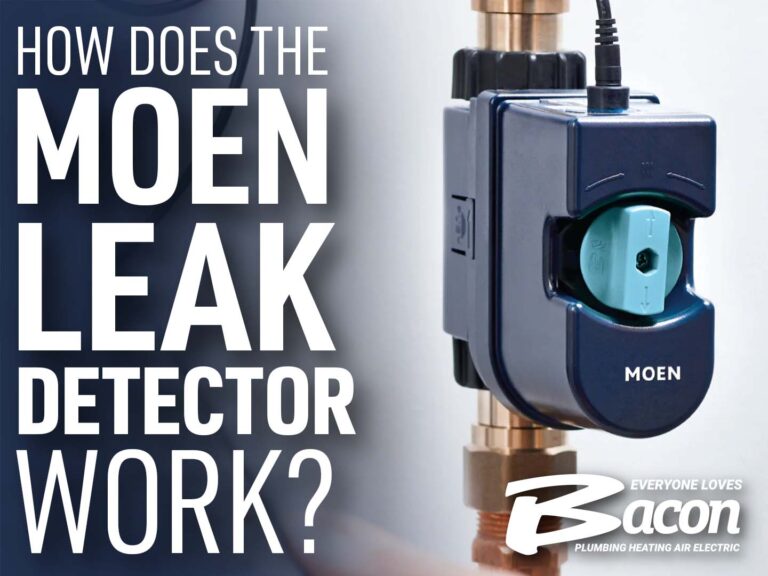Few things disrupt home life more than discovering a leaky pipe flooding your living spaces or drainage water spots on ceilings below. As seasoned plumbers serving Rockwall, TX for many years, we have seen the full gamut of underlying issues that ultimately cause piping failures behind the walls across generations of infrastructure new and old. Read on for 10 predominant catalysts known to spawn residential pipe leaks based on extensive service call experience.
1. Pervasive Internal Corrosion Accumulation
The natural enemy of any piping network regardless of quality materials or workmanship is gradual internal corrosion buildup over extended periods of use. As oxidative corrosion layers incrementally develop on pipe interiors, the effective diameter of waterways steadily decreases. This escalation restricts flow volumes, places amplified pressure on pipe joints, and leads to cracks or pinhole leaks as systemic resistance compounds. We most often diagnose serious corrosion on older galvanized steel supply lines or copper pipes due to acidic water being consistently channeled through them for 20-30 years or more.
2. Frequent High Water Pressure Spikes
Subjecting piping to consistently excessive water pressure levels also taxes materials toward their breaking point faster than standard stressors. Transient pressure spikes stemming from municipal supply fluctuations or failing building regulator valves strain pipes beyond intended thresholds. Prolonged fatigue leads small cracks to gradually emerge and begin seeping water until outright failures occur suddenly. Periodically checking site water pressure gauges and installing whole-building pressure reduction valves is crucial to help prevent pressure-induced pipe deterioration.
3. Foundation Settling and Lateral Soil Shifting
While geologic change occurs slowly over long periods, the cumulative effects of minor soil disturbances eventually make themselves evident. Modest ground surface lowering or subgrade lateral shifts attributable to drought conditions, inadequate compaction, ongoing erosion patterns, or insufficient buried asset protection may place subtle added tension on underground water service lines, sewer drains, and storm pipes.
Enough strain tears at piping connections or splits pipe walls enabling surrounding soil sediment to infiltrate cleanly installed drainage systems. Careful trench backfilling, conservative depth installation, and segmental piping flexibility can help prevent catastrophic leakages down the line.
4. Large Surface Tree Root Encroachment and Invasion
Lush, multi-decade trees situated in close proximity to initial underground water and household sewer drainage line placements allow root expansion toward reliable moisture sources contained just feet beneath the surface. Over years, small hair-like root bundles will penetrate cracked pipe joints and piping perimeter seals.
Given enough time, substantial root masses will restrict internal flow conduits or fully breach pipe walls at multiple points while anchoring extensively into the surrounding soil. To fix this, our plumbers will need to sever large invading roots and seal affected pipe joints to reinforce system integrity.
5. Segment Damage Under Excessive Heavy Vehicle Loads
The extreme weight of heavy construction equipment, loaded tractor trailers, delivery trucks, or even vehicles crossing above buried water conveyance piping over years can cause incremental pipe damage leading to inconvenient leaks down the road.
Land use changes, surface infrastructure upgrades, or intensified property usage that brings consistent vehicular loads exceeding original soil-bearing capacity thresholds can strain aging drainage assets.
6. Pipe Deterioration Through Prolonged Chemical Corrosion
Many conventional liquid drain cleaners, degreasers, solvents, and other caustic substances dumped down sinks or discharged into home sewer drains gradually compromise piping integrity through uncontrolled chemical corrosion occurring unseen inside containment walls.
Over years, these acidic or alkaline chemicals interact with pipe materials. This interaction dissolves softer metals like iron, copper, and aluminum from the inside while creating vulnerable pits, extensive holes, and ultimately complete corrosion-based piping failures as weakened walls lose all structural capacity. Using household chemicals responsibly is key to preventing this brand of risky yet avoidable internal pipe material destruction over time.
7. Underlying Issues Stemming From Improper Installations
Many issues that mark the beginning of the end for residential piping systems originate from basic installation errors. Incorrect pipe depth measurements, debilitating bends straining flows, visually undetectable micro fractures from poor solvent welding executions, disjointed alignment connections lacking flexibility, and entirely mismatched pipe fitting selections all contribute to installation defects assured of enabling premature failures as soon as any form of angle, ground, or climate-based stresses arise on vulnerable positions.
Unfortunately, in some situations, underlying bad pipe network construction becomes a costly long-term plumbing catastrophe years afterward for unsuspecting property owners.
8. General Age Depreciation Factors on Lengthy Pipe Service
Just like any residential asset or mechanical infrastructure, after serving its initial design service years, pipes may gradually break down due to long-term material or joint deterioration. This leads to increased leakage throughout the system, ultimately requiring replacements.
Even if the pipes were correctly installed, piping networks using quality materials are only designed to realistically last under optimal conditions for a finite time frame. This range is between 60 to 80 years for older steel pipe lengths, 75 to 90 years for durable copper conduits, and an outwardly projected 60 to 100-year lifecycle for correctly fused PVC plastic runs. After this, age necessitates professional replacement services.
9. Reduced Pipe Slope Causing Flat Spot Drainage Buildup
Wastewater drainage systems and larger household sewer piping connections need intentionally engineered grade slopes incorporated into their installations. These slopes ensure that liquid waste flows reliably downhill throughout the entire length of the pipes. This design prevents flat horizontal sections where effluent could pool or cause contamination backups within occupied living spaces.
Over decades of ground settling shifts or initial contractor grading errors during exterior drainage field placements, installed pipes often lose their designed downward angle. Resulting flat-level pipe legs cause delayed drainage outflows, silent leakage from stressed joints, and overflow issues sometimes manifesting long after initial occupancy and use without proper safeguards. Restoring adequate directional drop alignment through precision drainage repairs helps restore free flow functionality and prevents hazardous seepage resulting from non-compliant level pipe runs.
10. Infrequent Drainage Flow Allowing Internal Drain Deterioration
Homeowners often install various high-flow drainage features, such as large standalone showers, compartmentalized bathroom sink stations, zero-threshold flush floor tiling applications, and full-perimeter residential drainage piping, to meet their comfort needs.
However, during extended periods of dormancy with minimal water evacuation, lateral floor lines, rolled trench drains, scale deposits, anaerobic bacteria films, and corrosion products can accumulate over the years between regular flow events. When sudden usage spikes occur after months of dormancy, the restricted drainage walls can become stressed, leading to failures.
To prevent stagnation and decay, it’s important to schedule weekly tap water discharge flows lasting between 30-60 seconds down all installed basement, kitchen, bathroom, and outdoor drainage access points. This practice helps maintain unobstructed functionality and ensures reliable future usage capacity.
Contact Bacon Plumbing Heating Air Electric in Rockwall, TX for additional handy home piping maintenance tips or schedule critical service calls addressing suspected leakage problems before they grow substantially worse. We have served residential and commercial customers across the county for several years. We offer heating, cooling, plumbing, and electrical services.



